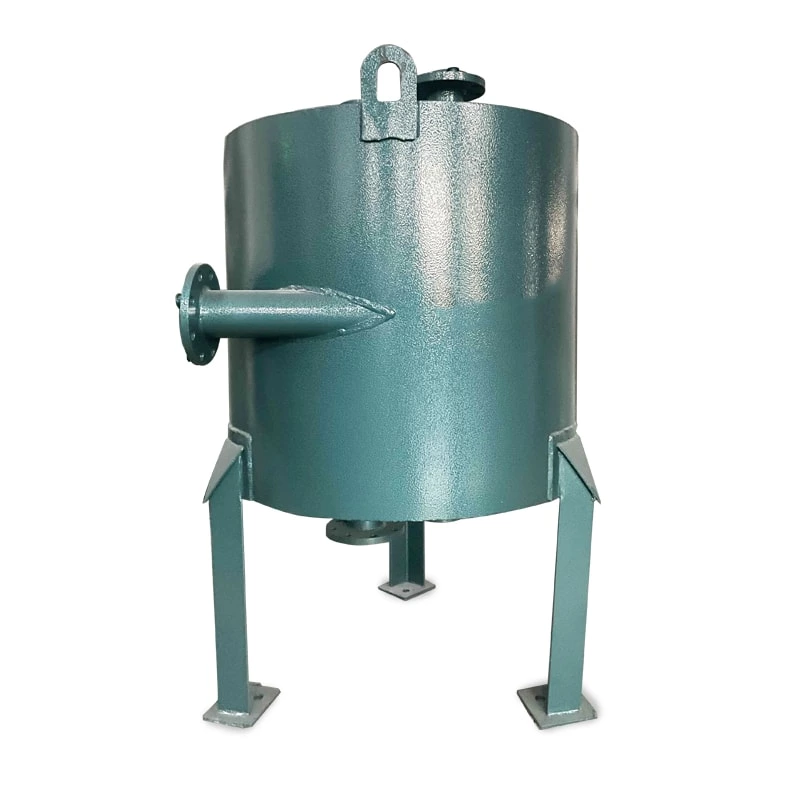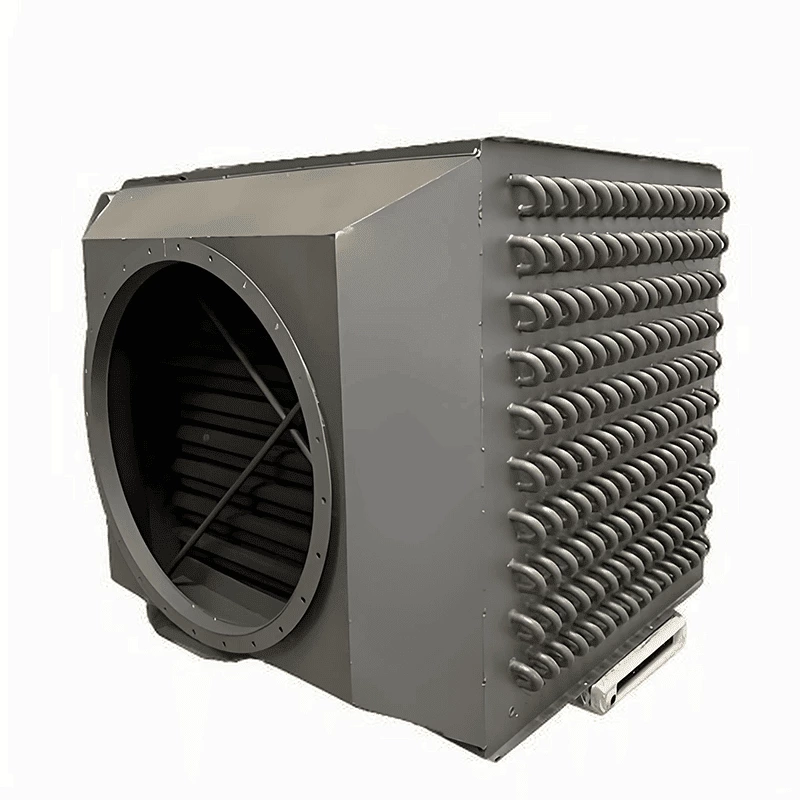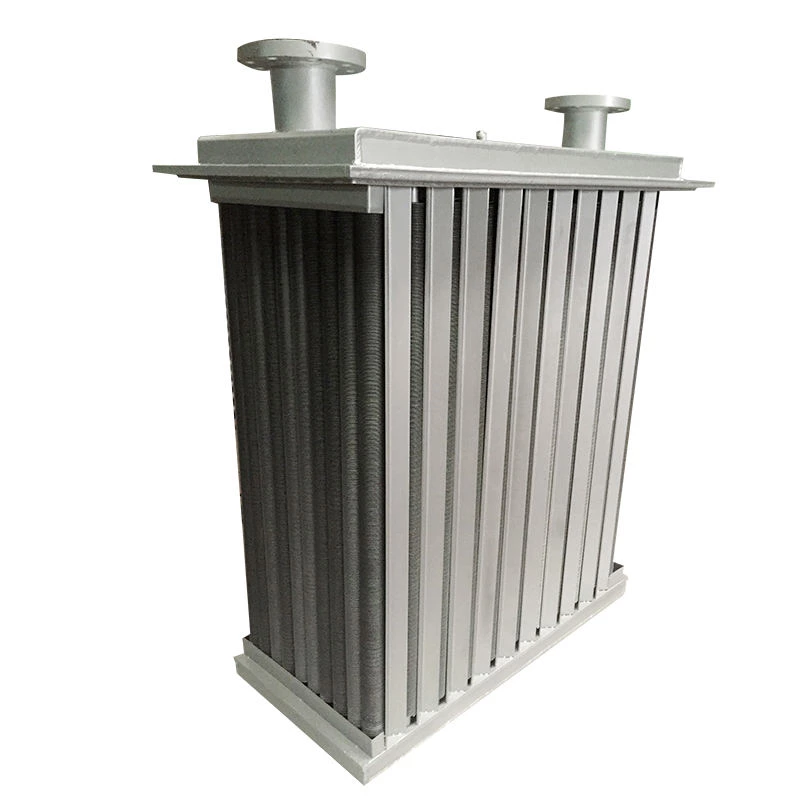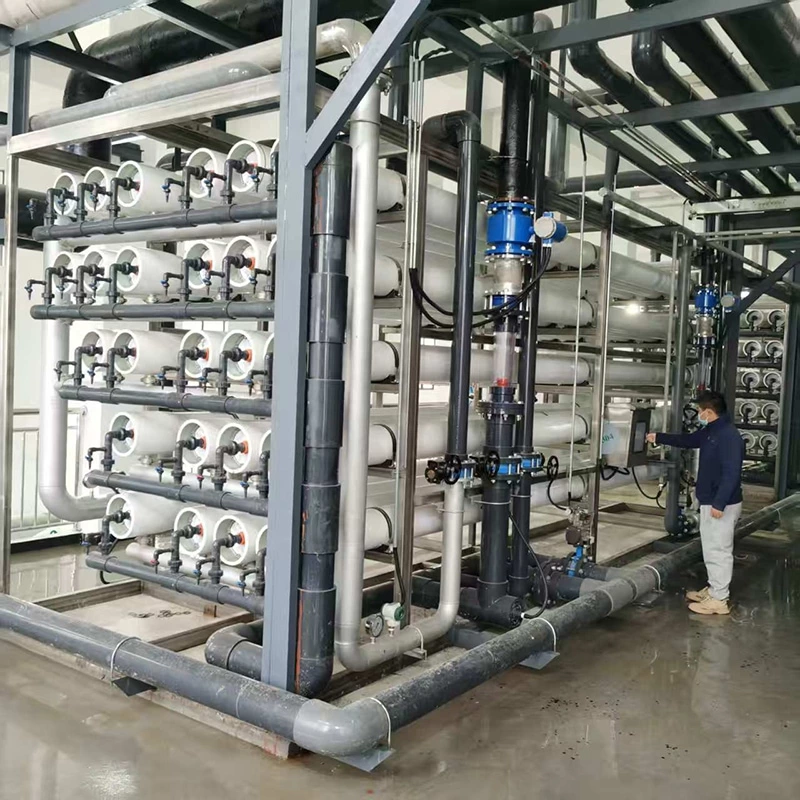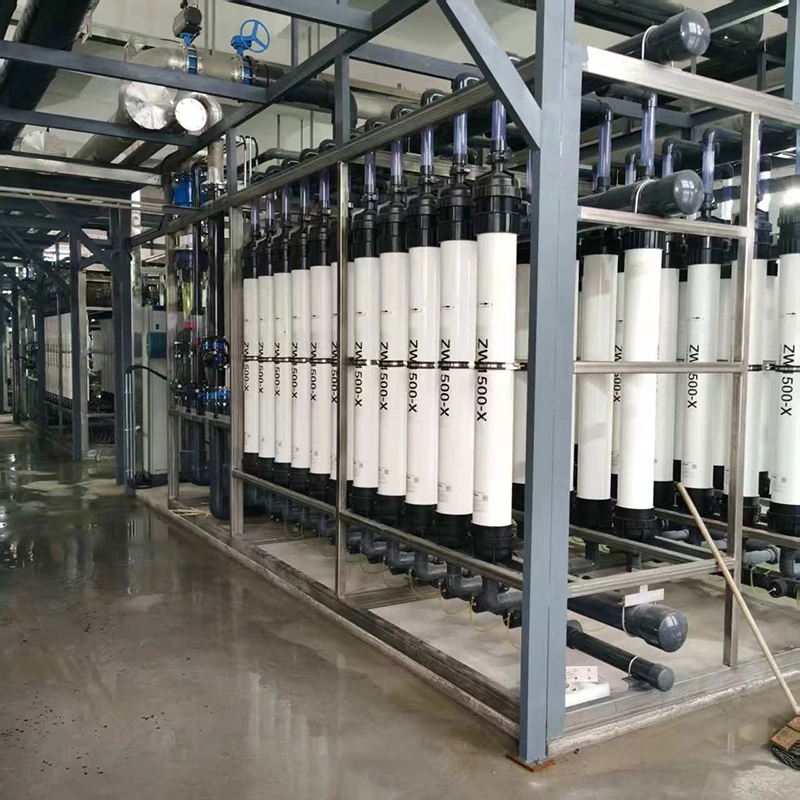Poultry Breeding Wastewater Treatment System

What is water treatment?
Water treatment refers to the process of purifying raw water by physical, chemical or biological means to make it meet the water quality standards for specific purposes. Its core objectives are:
- Remove harmful substances (such as pathogens, heavy metals, organic pollutants, etc.) in water.
- Adjust the properties of water (such as pH value, hardness, taste and clarity).
- Ensure water safety and protect human health and ecological environment.
The water treatment system includes:
1.Pretreatment system
The goal of pretreatment is to remove large particles of impurities, colloid, chromaticity, odor and some hardness in water, and protect the subsequent core equipment.
Grille: used to intercept large suspended solids and floating objects in water, such as leaves, plastics, hair, etc.
Raw water pump: lift raw water to pretreatment system to provide necessary pressure and flow.
Multi-media filter: filled with quartz sand and anthracite with different particle sizes, it mainly removes suspended solids, colloid, sediment and turbidity in water.
Activated carbon filter: filled with activated carbon, it can effectively remove organic matter, residual chlorine, chromaticity and odor in water by its strong adsorption capacity.
Softener: filled with cation exchange resin, calcium and magnesium ions in water are removed by ion exchange principle, so as to reduce the hardness of water and prevent the subsequent reverse osmosis membrane from scaling.
Precision filter/safety filter: A 5 micron filter element is usually used as the final protective barrier to ensure that the water quality entering the reverse osmosis membrane reaches the standard and prevent large particles from entering.
2.Core treatment/desalination system
High-pressure pump: It provides high-pressure power for the reverse osmosis membrane to overcome osmotic pressure, and is the "heart" of the whole reverse osmosis system.
Reverse osmosis (RO) device: the core of the system. It consists of a pressure vessel and a reverse osmosis membrane. By using the principle of semi-permeable membrane, most dissolved salts, colloids, bacteria and organic substances in water are removed under high pressure to produce pure water.
Energy recovery device: it is mainly used in large-scale seawater desalination system to recover high-pressure energy in reverse osmosis concentrated water, which significantly reduces system energy consumption.
Electro-deionization (EDI) device: usually located behind RO, it combines electrodialysis and ion exchange technology, and can continuously produce ultra-pure water without chemical regeneration to further remove ions.
3.Post-treatment and disinfection system
Ultraviolet (UV) sterilizer: Using ultraviolet light to destroy the DNA of microorganisms and kill bacteria and viruses in water is a physical disinfection method without secondary pollution. Ozone generator: produces ozone gas and dissolves it in water, which is used for strong sterilization, disinfection, decoloration and deodorization.
Chlorine/chlorine dioxide dosing system: adding chlorine or chlorine dioxide into water for continuous disinfection at the end of the pipe network to prevent microorganisms from breeding during transportation. Terminal precision filter: 0.22 or 0.45 micron filter element is usually used, which is installed in front of the water point to ensure that the final effluent is sterile.
4.Auxiliary and public systems
Dosing system:
Scale inhibitor dosing device: dosing scale inhibitor into reverse osmosis influent to prevent scaling on membrane surface. Reducing agent dosing device: remove residual chlorine in water and protect reverse osmosis membrane from oxidation.
Acid-base dosing device: adjust the pH value of water to meet the requirements of different process links.
Water tank/pool:
Raw water tank: it stores raw water and plays the role of buffering and balancing water quality and quantity. Intermediate water tank: connecting different processing units.
Pure water/water tank: store the treated finished water.
Control system: the "brain" of modern water treatment system. Usually, PLC or DCS is used to realize automatic operation, monitor water quality parameters and alarm.
5.Sludge treatment system
Sludge concentration tank: reduce the water content of sludge and reduce its volume.
Sludge dehydrator: such as belt filter press, plate-and-frame filter press, centrifugal dehydrator, etc., further dehydrates sludge to form mud cake, which is convenient for transportation and disposal.
